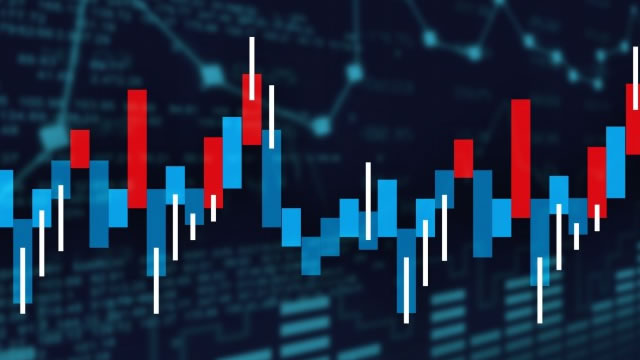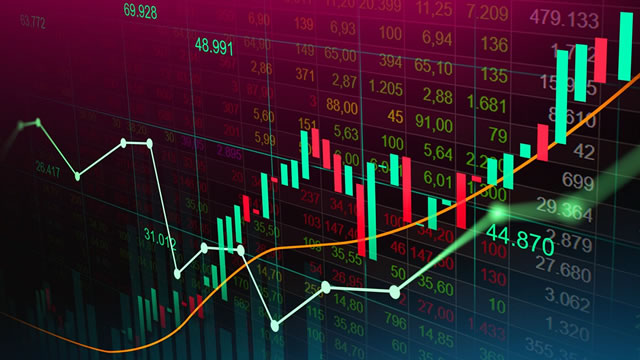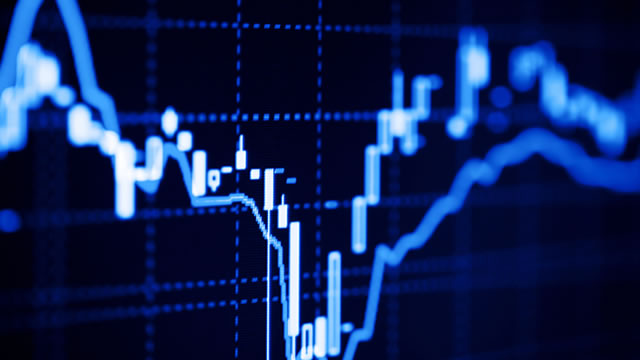U.S. Dollar Feeling the Heat Despite Positive PPI Report
Pressure Mounts on the Greenback
Despite a higher-than-expected Producer Price Index (PPI) report, the U.S. dollar is finding itself under pressure in the foreign exchange market. The PPI report, which measures the average change over time in selling prices received by domestic producers for their goods and services, came in strong this quarter, indicating a healthy level of inflation in the economy. However, this positive news has not translated into a stronger dollar as expected.
One possible reason for this could be the growing concerns over the increasing deficit and debt levels in the United States. The recent stimulus measures and infrastructure spending proposed by the government have raised fears of inflation and a potential devaluation of the dollar. Additionally, the ongoing trade tensions with other countries and geopolitical uncertainties are also weighing on the dollar’s performance.
The Impact on Investors
Investors and traders are closely monitoring the movement of the U.S. dollar as it has a significant impact on global markets. A weaker dollar makes U.S. exports more competitive but can also lead to higher import prices, potentially fueling inflation. For investors holding dollar-denominated assets, a depreciation of the dollar can erode the value of their investments.
As the dollar continues to face pressure, investors may consider diversifying their portfolios and hedging against currency risks. This could involve investing in assets that are less correlated with the dollar or utilizing currency hedging strategies to protect against further depreciation.
The Global Ramifications
Internationally, a weaker U.S. dollar can have both positive and negative effects. Export-driven economies may benefit from a cheaper dollar as it makes their goods more attractive in international markets. On the other hand, countries that rely heavily on dollar-denominated debt or imports may face challenges due to higher costs and debt servicing obligations.
Central banks and policymakers around the world are closely monitoring the developments in the U.S. dollar as it plays a crucial role in global trade and monetary policy. A significant shift in the value of the dollar could prompt policy adjustments and interventions to maintain stability in the financial markets.
Conclusion
While the higher-than-expected PPI report initially sparked optimism in the U.S. dollar, the currency is currently facing downward pressure due to various economic and geopolitical factors. Investors are advised to stay vigilant and adapt their strategies to navigate the uncertain currency market environment. The global implications of a weaker dollar highlight the interconnectedness of economies and the need for coordinated efforts to ensure sustainable growth and stability.





